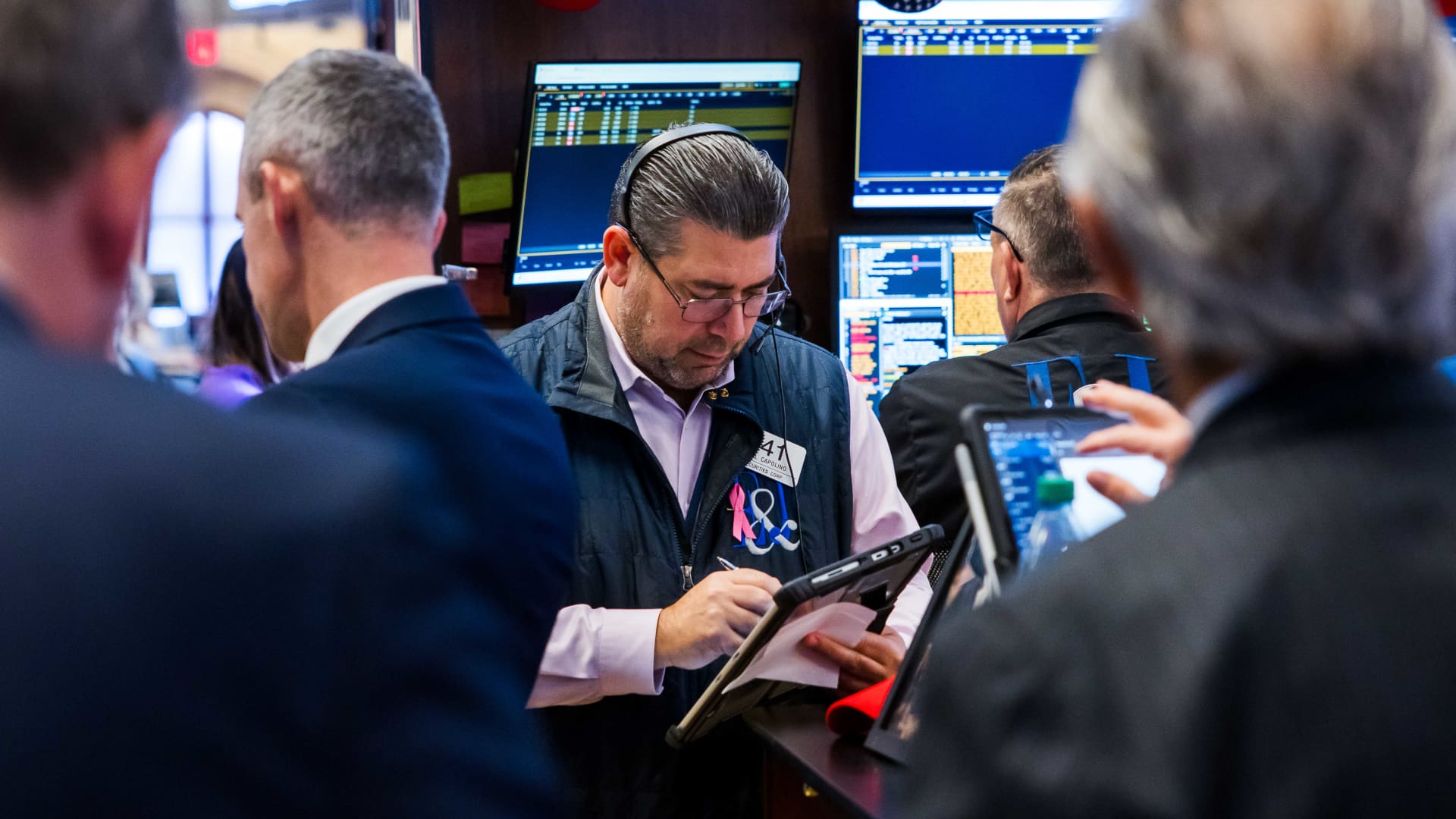Wall Street is relentlessly bullish , putting the S & P 500 on pace Monday for its first close above 6,800 ever . But what if the majority view here is wrong and valuations in frothy territory will suddenly start to matter? Investors may want to hold some stocks that can remain stable even when the market goes through a correction, just in case. The S & P 500 is trading at a price-to-earnings (P/E) ratio of 24 times next 12-month earnings projections, a 42% premium to its 20-year average, according to CFRA Research. Information technology is trading at a higher premium, at 66% premium to its 20-year average. Yet stocks are at all-time highs Monday, dauntless even in the face of a major week of catalysts that includes earnings results from five of the Magnificent Seven companies, and a Federal Reserve meeting later this week. President Donald Trump and Chinese President Xi Jinping are also set to meet in South Korea after some promising preliminary talks. Investors are betting all these things will have bullish resolutions. But investors who want to hedge their portfolio a bit could look to dividend-paying names for protection, according to Sam Stovall, chief investment strategist at CFRA Research, wrote on Monday. “Investors concerned about a possible pullback in prices might want to look to dividends as correction cushions,” wrote Stovall. “Breaking down the stocks in the S & P 500 by quintiles of dividend yield, the higher the yield, the lower the average beta (a measure of price volatility versus the S & P 500) and NTM P/E,” Stovall continued. “The highest yielding quintile of stocks (averaging 4.53%) carried an average beta of 0.83 versus 1.31 for stocks paying no dividend.” Typically, the stocks that pay the highest average dividend is in the more defensive parts of the market: Consumer staples, energy, real estate and utilities. The sectors that pay the least are in communication services, consumer discretionary and information technology. Here are five of the highest yielding stocks in the S & P 500. To be sure, Wall Street overall is bullish on stocks, with many of the big firms ditching their cautious tones and urging investors not to bet against the market. JPMorgan’s trading desk, for example, told clients the setup is “much cleaner” this week given the likelihood of lower interest rates. “Consolidation apparently is not in the market’s vocabulary these days as buyers continue stepping into weakness and the grind higher persists,” Wolfe Research technical analyst Rob Ginsberg wrote to clients over the weekend. What’s more, many investors expect that higher valuations are justified, especially in tech. They say that today’s megacap companies have stronger operations, and are better capitalized, than their counterparts in the past. CFRA’s Stovall noted the shorter the time horizon, the more reasonable P/E ratios become. Over the past five years, the P/E in the S & P 500 and IT sector are trading at smaller premiums of 15% and 20%, respectively, he noted. Regardless, dividend paying stocks could help investors limit volatility from any sudden moves. — CNBC’s Alex Harring contributed to this report.





